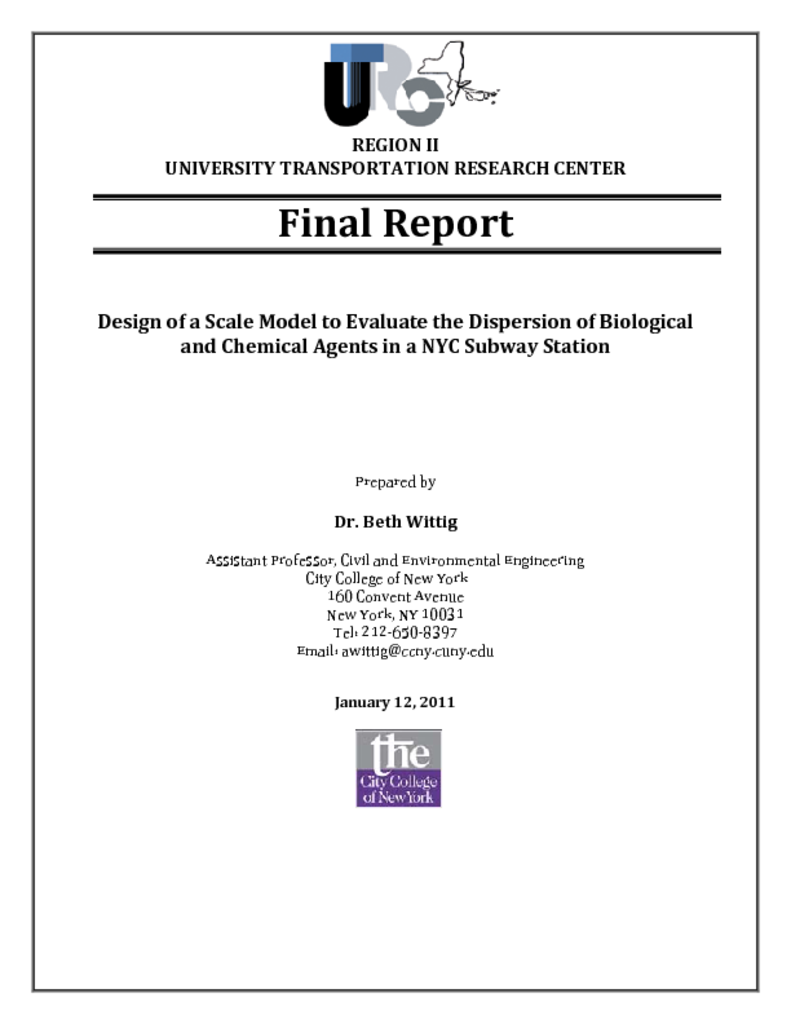Urban subway systems remain among the most susceptible to a terrorist attack by biological or chemical agents (BCA) because they are heavily trafficked and have limited points of egress. The combination between efficient creation of casualties and anonymity afforded to terrorists make subways attractive targets. However, the disproportionate amount of passengers to subway employees, limits the ability of transit workers to identify suspicious activity. On March 20, 1995, the Aum Shinrykio religious cult demonstrated this with the release of sarin gas at five locations within a Tokyo subway. This assault resulted in twelve deaths and approximately 5,000 illnesses. An October 6, 2005 terror threat on the NYC subway system, although not realized, reminded United States residents that this possibility persists even post‐September 11. This limitation was also exploited by the Al Qaeda architects of the July 7, 2005 London transit attacks in which bombs were detonated on three subway cars and a double‐decker bus, resulting in 56 deaths (including the bombers) and roughly 700 injuries. Other incidents, such as a 1995 series of subway and train bombings in Paris and the March 11, 2004 commuter train bombings contribute to concerns over subway vulnerability.


